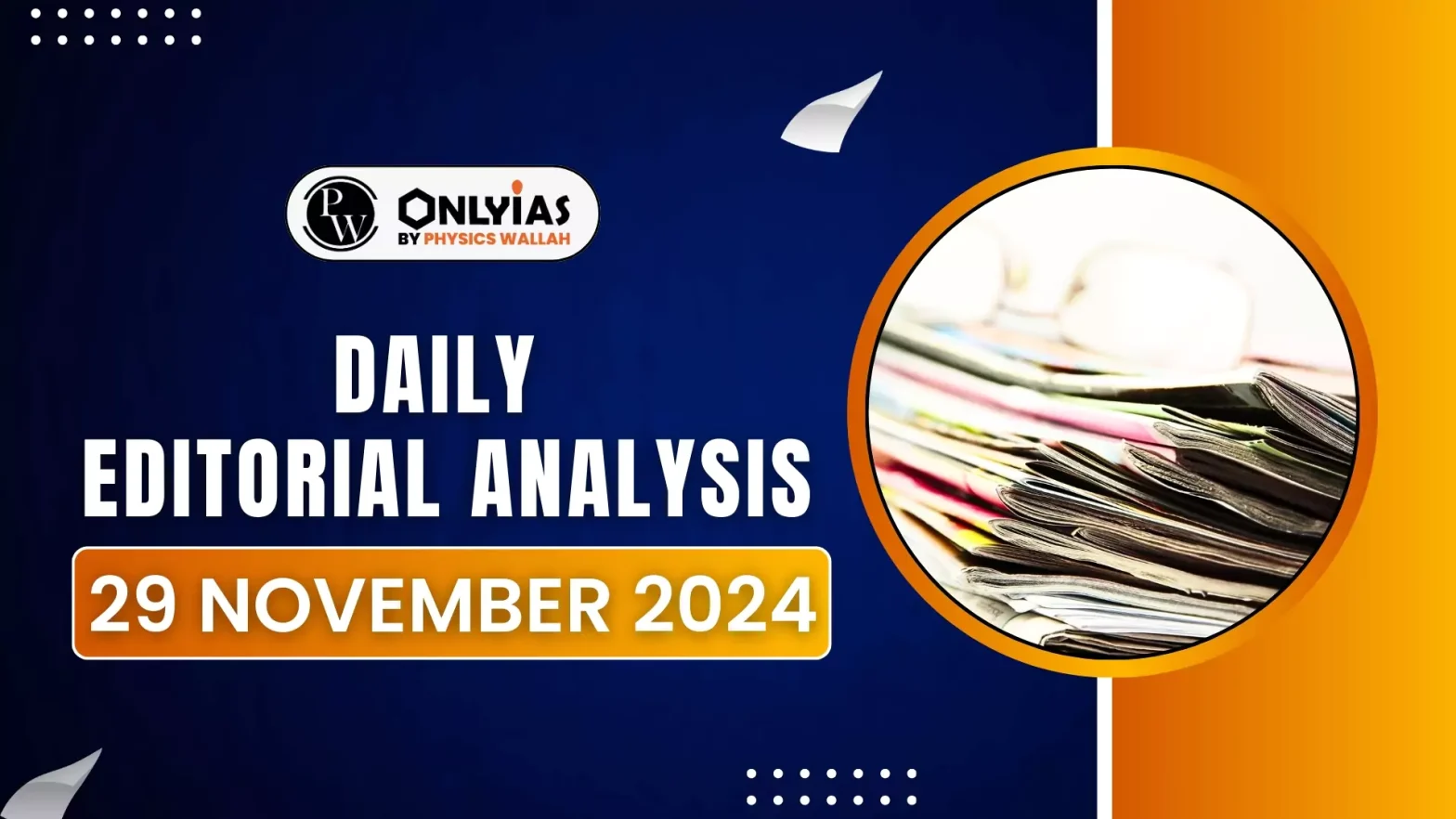The upcoming 2025 Census will update the National Population Register (NPR), a crucial step in establishing the National Register of Indian Citizens (NRIC).
Overview of Census, NPR, and NRIC
- A census is a comprehensive count of a population, usually conducted by the government, that includes social and economic information.
- It provides a snapshot of the population’s size, location, and characteristics such as occupation.
- Censuses are typically conducted every ten years and are a critical component of a country’s statistical system. The upcoming census, delayed due to COVID-19, is now scheduled for 2025.
- The National Population Register (NPR) is the foundational step in updating and verifying the citizenship status of residents in India.
- This exercise involves collecting demographic and biometric data, distinguishing citizens from non-citizens.
- The NPR is the first step towards the creation of the National Register of Indian Citizens (NRIC)
- The National Register of Indian Citizens (NRIC) aims to refine census data and create an authentic, comprehensive citizen registry.
Enroll now for UPSC Online Course
Process of updating the NRIC
- Collection of demographic data during the Census 2025 houselisting phase.
- Gathering of biometric data (e.g., fingerprints, iris scans) and crossverifying to eliminate duplicate records.
- Invitation for claims and objections from the public to ensure transparency and accuracy.
- This allows residents to challenge their records if they believe there are errors, ensuring authenticity.
Benefits Of NRIC
- Enhancing National Security:
- By distinguishing citizens from non-citizens, the NRIC will support the identification of individuals and ensure that only eligible citizens benefit from various government schemes.
- Streamlining identity verification: It will reduce identity fraud and duplication.
- Targeted welfare programs: It will ensure that government benefits reach only those who are eligible, thereby improving efficiency in public service delivery.
Legal Provisions of NRIC
- Legal foundation is derived from the Citizenship Act, 1955 and its amendments, particularly Section 14A.
- Section 14A (added by the Amendment Act of 2003) mandates the creation of the NRIC and the registration of Indian citizens.
- This section also authorizes the issuance of identity cards to citizens based on the NRIC.
- Initially conceptualized following the 1951 Census, the NRIC gained renewed focus after the Subrahmanyam Committee’s recommendations in 1999, which emerged post the Kargil War.
- These recommendations emphasized the need for a robust database of both citizens and non-citizens to enhance national security and governance.
|
Check Out UPSC CSE Books From PW Store
| Aspect |
Aadhaar |
NRIC |
| Purpose |
Biometric-based identity verification system. |
Citizenship verification system to document and certify Indian citizens. |
| Eligibility |
Issued to all residents of India, regardless of citizenship. |
Exclusively targets Indian citizens. |
| Primary Function |
Provides access to services such as banking, subsidies, and digital identity. |
Verifies citizenship and issues citizenship identity cards. |
| Legal Basis |
Governed by the Aadhaar (Targeted Delivery of Financial and Other Subsidies, Benefits and Services) Act, 2016. |
Mandated under Section 14A of the Citizenship Act, 1955. |
| Inclusivity |
Broadly inclusive, covering all residents. |
Focused solely on Indian citizens. |
| Data Collection |
Relies on biometric (fingerprints, iris scan) and demographic details. |
Builds on demographic and citizenship verification, often using NPR data as a base. |
| Role in Governance |
Facilitates access to public and private services and prevents identity fraud. |
Enhances national security and ensures targeted delivery of welfare benefits. |
| Complementarity |
Provides identity verification for all residents. |
Serves as a definitive registry for Indian citizens, complementing Aadhaar’s broader role. |
Concerns with NRIC Implementation
- Humanitarian and administrative challenges: The potential for exclusion, particularly for communities with limited documentation, is another critical issue. Poor documentation among marginalized groups could result in wrongful exclusion from the NRIC.
The NRC in Assam (2019)
- Assam is the only state where the National Register of Citizens (NRC) has been updated, with the most recent exercise completed in 2019. The NRC aimed to identify illegal immigrants, particularly from Bangladesh.
- Assam’s NRC was guided by the Assam Accord, which imposed unique conditions specific to the state.
- However, the exercise faced criticism due to stringent documentation requirements, which left many rural and less-educated individuals unable to meet the criteria.
- The challenges faced in Assam serve as a cautionary tale for the broader implementation of the NRIC across India.
|
- Data Privacy Issues: One of the significant concerns surrounding the NRIC initiative is the privacy of demographic and biometric data.
- Despite the Supreme Court’s Aadhaar ruling, which laid down guidelines for data protection, there are ongoing concerns about the potential misuse of sensitive information collected during the NRIC process.
Way Forward
- Ensure documentation access for marginalized groups.
- Streamline verification processes.
- Conduct targeted public awareness campaigns for inclusivity.
- Implement robust data protection laws.
Enroll now for UPSC Online Classes
Conclusion
Careful planning, transparent processes, and citizen engagement will be crucial to ensuring that the NRIC is inclusive, equitable, and effective, addressing all potential challenges inherent in the exercise.
![]() 29 Nov 2024
29 Nov 2024

